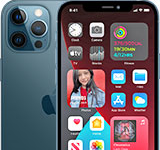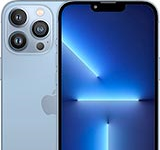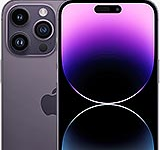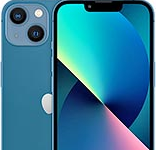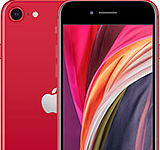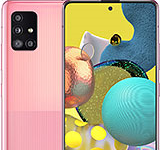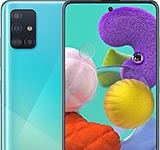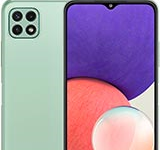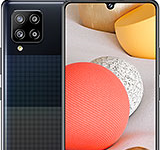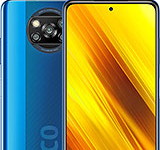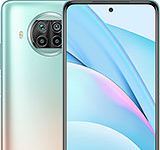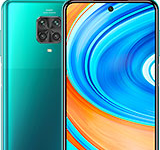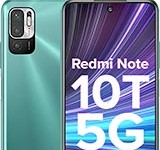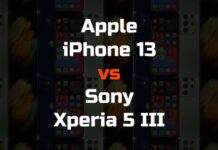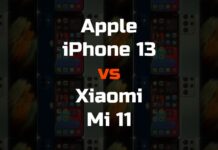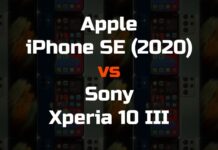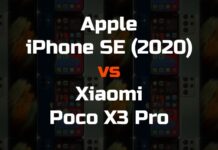Updated on November 8, 2023
When it comes to smartphones, Apple and Samsung have consistently remained at the forefront of innovation and technology. The Apple iPhone 13 and Samsung Galaxy S21 are two notable contenders in the ongoing battle for smartphone supremacy.
In this article, we will compare five key features of these devices and examine how they stand against each other.
Display
The Apple iPhone 13 features a 6.1-inch Super Retina XDR OLED display with a resolution of 1170 x 2532 pixels. It boasts the Ceramic Shield glass protection, offering durability and enhanced drop resistance.
On the other hand, the Samsung Galaxy S21 sports a slightly smaller 6.2-inch Dynamic AMOLED 2X display with a resolution of 1080 x 2400 pixels.
Both displays provide vibrant colors and sharp visuals, but the iPhone 13’s Ceramic Shield glass gives it an edge in terms of durability.
Performance and OS
The iPhone 13 is powered by Apple’s A15 Bionic chipset, ensuring exceptional performance and efficiency. It runs on iOS 15, upgradable to iOS 16.4.1, delivering a smooth and intuitive user experience.
In contrast, the Samsung Galaxy S21 is equipped with the Exynos 2100 (5 nm) processor and runs on Android 11 with One UI 3.1.
While both devices offer powerful performance, the iPhone 13’s A15 Bionic chipset has consistently proven to be a performance powerhouse.
Camera
In the camera department, both smartphones excel in capturing stunning photos and videos. The iPhone 13 features a dual-camera setup with two 12 MP lenses, while the Samsung Galaxy S21 boasts a triple-camera setup consisting of 12 MP, 64 MP, and 12 MP lenses.
The image quality and advanced computational photography capabilities of both devices make them capable contenders for photography enthusiasts.
Design and Build
The iPhone 13 showcases a sleek and premium design with a glass front and back, held together by an aluminum frame. It offers an IP68 rating for dust and water resistance, further enhancing its durability.
On the other hand, the Galaxy S21 combines a glass front with a plastic back and aluminum frame, also featuring IP68 resistance.
While both devices offer aesthetically pleasing designs, the iPhone 13’s choice of materials exudes a more premium feel.
Biometrics and Security
Security features play a crucial role in modern smartphones. The iPhone 13 incorporates an advanced Face ID system, utilizing facial recognition technology for effortless unlocking and enhanced security.
Meanwhile, the Samsung Galaxy S21 employs an under-display ultrasonic fingerprint sensor, providing convenient and reliable biometric authentication.
Both biometric options are reliable, with each offering its unique features.
Notable Features
Key Specs |  |  |
Apple iPhone 13 | Samsung Galaxy S21 | |
Launch | 2021, September 24 | 2021, January 29 |
Network Technology | GSM / CDMA / HSPA / EVDO / LTE / 5G | GSM / CDMA / HSPA / EVDO / LTE |
Sensors | Face ID, accelerometer, gyro, proximity, compass, barometer<br>*Ultra Wideband (UWB) support | Fingerprint (under display, ultrasonic), accelerometer, gyro, proximity, compass, barometer |
Dimensions | 146.7 x 71.5 x 7.7 mm | 151.7 x 71.2 x 7.9 mm |
Weight | 174 g (6.14 oz) | 169 g (5.96 oz) |
Build | Glass front (Corning-made glass), glass back (Corning-made glass), aluminum frame | Glass front (Gorilla Glass Victus), plastic back, aluminum frame |
SIM | Nano-SIM and eSIM or Dual SIM (Nano-SIM, dual stand-by) | Single SIM (Nano-SIM) or Dual SIM (Nano-SIM, dual stand-by) |
IP rating | IP68 dust/water resistant (up to 6m for 30 min) | IP68 dust/water resistant (up to 1.5m for 30 min) |
Display Type | Super Retina XDR OLED | Dynamic AMOLED 2X |
Display Size | 6.1 inches | 6.2 inches |
Display Resolution | 1170 x 2532 pixels, 19.5:9 ratio | 1080 x 2400 pixels, 20:9 ratio |
Protection | Ceramic Shield glass | Corning Gorilla Glass Victus |
OS | iOS 15, upgradable to iOS 16.4.1 | Android 11, One UI 3.1 |
Chipset | Apple A15 Bionic | Exynos 2100 (5 nm) - International |
CPU | Hexa-core | Octa-core |
GPU | Apple GPU (4-core graphics) | Mali-G78 MP14 - International |
Card Slot | No | No |
Internal Memory | 128GB 4GB RAM, 256GB 4GB RAM, 512GB 4GB RAM | 128GB 8GB RAM, 256GB 8GB RAM |
Main Camera | Dual: 12 MP | Triple: 12 MP, 64 MP, 12 MP |
Selfie Camera | Single: 12 MP | Single: 10 MP |
USB | Lightning, USB 2.0 | USB Type-C 3.2, OTG |
Battery Type | Li-Ion 3240 mAh, non-removable | Li-Ion 4000 mAh, non-removable |
Charging | Wired, PD2.0, 50% in 30 min | 25W wired |
Colors | Starlight, Midnight, Blue, Pink, Red, Green | Phantom Gray, Phantom White, Phantom Violet, Phantom Pink |
Price | $599 / €637 / £749 / C$1,099 / ₱42,990 / ₹55,999 / Rp10,374,419 | $214 / €849 / £780 / C$619 / ₱44,990 / ₹38,999 / Rp6,300,000 |
Full Specifications & Review |
Overall Conclusion
The Apple iPhone 13 and Samsung Galaxy S21 are both exceptional smartphones with their strengths. The iPhone 13 impresses with its durability, powerful performance, intuitive user experience, and advanced camera capabilities. On the other hand, the Galaxy S21 offers a stunning display, strong performance, and a versatile camera setup.
Ultimately, the choice between the two depends on personal preferences regarding operating systems, design aesthetics, and specific features that cater to individual needs.
As the battle for smartphone supremacy continues, it is evident that both Apple and Samsung are dedicated to delivering high-quality devices that push the boundaries of technology.
Whether you choose the iPhone 13 or the Galaxy S21, you can be sure to experience the pinnacle of smartphone innovation.
Your thoughts are welcome. Feel free to leave any comments below.


